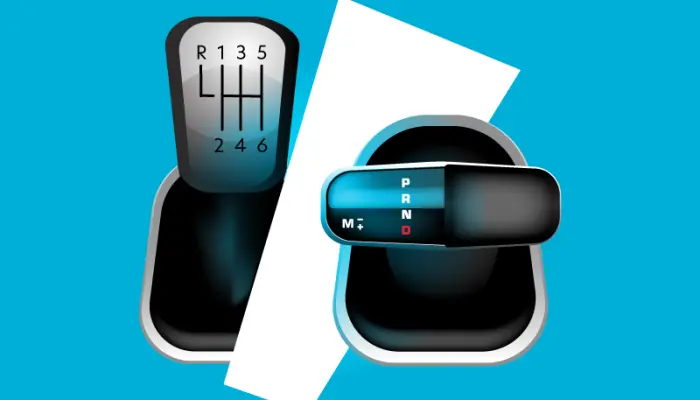When searching for the perfect car, you'll encounter many dilemmas, two of which are considered the most classic. The first concerns the choice of fuel, the well-known "diesel or gasoline dilemma," and the second is the type of transmission you choose. Manual or automatic? Which transmission should you prefer?
Indeed, a difficult choice...
In this article, we present the pros and cons of each type of transmission so you can easily choose your next car!
Manual Transmission
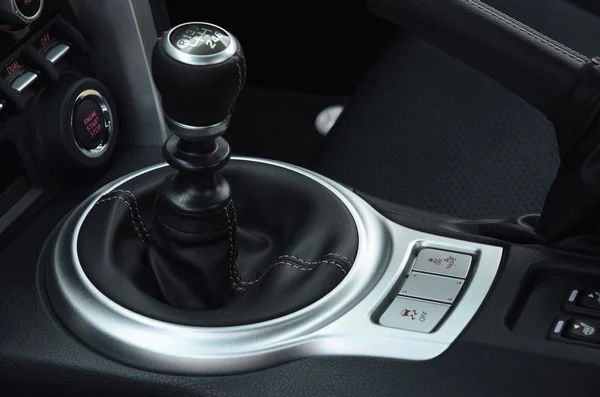
You have full control over the car. One of the main advantages of manual transmissions compared to automatics is that the driver can get full control over the car. That’s why driving enthusiasts desperately seek them.
Direct connection with the vehicle and torque management allows the driver to use the entire engine rpm range, of course, aiming for maximum output.
You drive economically. However, a manual transmission is attractive not only to those who want to enjoy genuine driving pleasure but also to those looking for an economical car with low fuel consumption.
By shifting gears when the tachometer needle is still in the low range, with a manual transmission, you can ensure lower fuel consumption and a longer range on a single tank.
Low maintenance cost. Whether it’s new or used cars, those with a manual transmission have a lower purchase cost and often maintain their resale value at a stable level.
Their maintenance is simple and certainly more economical compared to cars with automatic transmissions, and the repair and spare parts costs in case of malfunctions are minimal.
Automatic Transmission
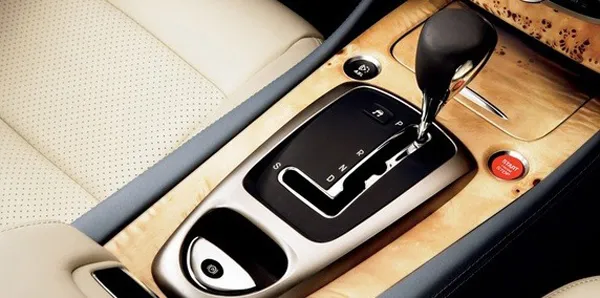
Unlike a manual transmission that uses a mechanical clutch, an automatic transmission is equipped with hydraulic systems called torque converters.
Overall, driving a car with an automatic transmission is smoother and easier than with a manual.
Perfect for traffic jams. No one likes driving on congested roads. Especially when every 2 meters you have to press the clutch with your left foot, shift into first gear, press the gas with your right foot, then immediately the brake, press the clutch with your left foot again, and shift to neutral...
Tiresome, isn’t it?
With an automatic transmission, this procedure becomes child's play, so these cars are more convenient for those looking for an easy-to-drive vehicle that won’t tire them in traffic.
Automatic cars are more expensive. One of the main disadvantages of an automatic transmission is its higher purchase cost. This is mainly due to their more complex design compared to simple manual transmissions, and therefore, they have higher production costs.
Outdated technology. One of the arguments against "classic" automatic transmissions is that they often do not transfer engine power to the road directly, causing the driver uncertainty and concern, especially when overtaking.
However, this mostly applies to outdated automatic transmission technologies, which are still widely available on the used car market.
Higher fuel consumption and maintenance costs. Regarding fuel consumption, classic automatic transmissions are less economical compared to manuals, mainly due to their greater weight and high energy consumption required for their operation.
Finally, the maintenance cost of an automatic transmission is also higher than that of a manual.
Dual-Clutch Automatic Transmission
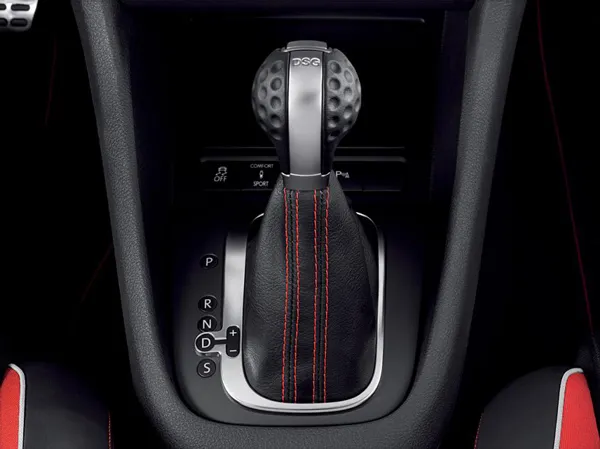
One of the latest significant advancements in modern cars is the dual-clutch automatic transmission.
Volkswagen calls them "DSG," BMW - "DCT," Alfa Romeo - "TCT," Porsche - "PDK," and so on. You’ve probably heard some of these names.
What is a dual-clutch automatic transmission? Dual-clutch transmissions are smoother when shifting gears and also give the driver the option to intervene and shift gears manually, either with a gear lever or with paddle shifters on the steering wheel.
For this reason, you may also hear them referred to as "semi-automatic" transmissions.
Unlike classic automatic transmissions, dual-clutch transmissions, as the name suggests, use two clutches instead of a torque converter, one engaged with one gear, such as first, and the other at the same time automatically engaging the next gear so that the shift occurs in a split second.
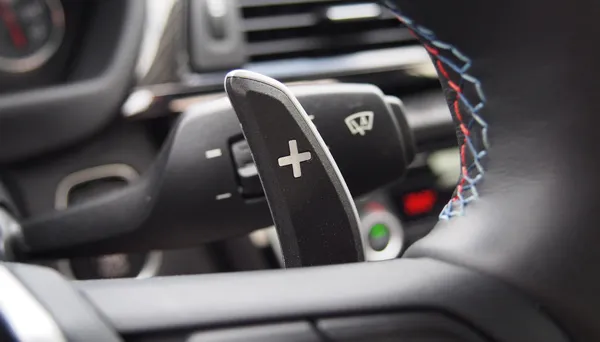
Unmatched performance and economy. Thanks to this operating principle, gear shifts occur instantly, and the car "reveals" the engine's power linearly. At the same time, their operation requires less energy, and consequently, less fuel consumption.
High acquisition cost. Like all automatic transmissions, dual-clutch transmissions are expensive, and to buy a car with such a "double clutch," you’ll have to pay a bit more for both purchase and maintenance.
Continuously Variable Transmissions (CVT)
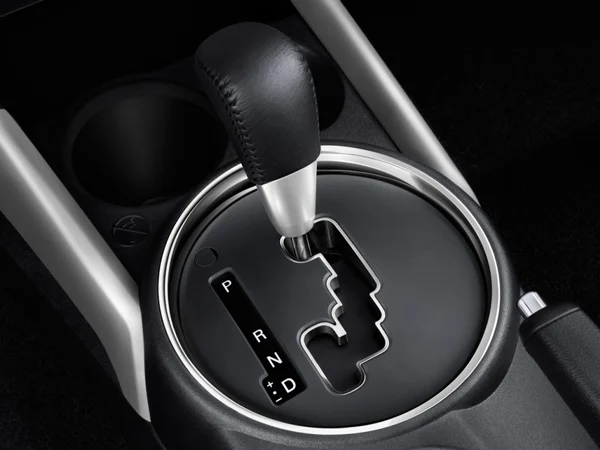
Or, in other words... continuously variable transmissions.
CVT is an automatic transmission without gears, where instead of them, a steel belt is used, connecting two pulleys with variable diameters. Usually, you can find them in cars like the Toyota RAV-4, Nissan Micra, and others, typically of Japanese origin.
Cost-effective choice. For many years, continuously variable transmissions had a bad reputation due to questionable reliability, increased noise, and non-linear operation. Today, of course, all this is in the past, and continuously variable transmissions have become more advanced and reliable than ever.
Combined with a lower production cost compared to other automatic transmissions, continuously variable transmissions are constantly improving, providing lower fuel consumption than before and now pose a serious "threat" to automatic transmissions using gears instead of belts.
Summing Up.
Classic automatic transmissions with a torque converter: - are ideal if you often travel and cover long distances; - have higher purchase and maintenance costs; - operate slowly.
Dual-clutch automatic transmissions are a very interesting choice because: - they provide low fuel consumption; - fast gear shifts and increased driver involvement; - however, they are expensive, and... - in case of failure, their repair is costly.
Continuously variable transmissions (CVT): - are more economical and reliable than in the past; - less refined in operation; - make more noise.
Manual transmissions: - driving pleasure; - economical in purchase, fuel consumption, and maintenance; - inconvenient for those not used to them or suffering from back pain.
